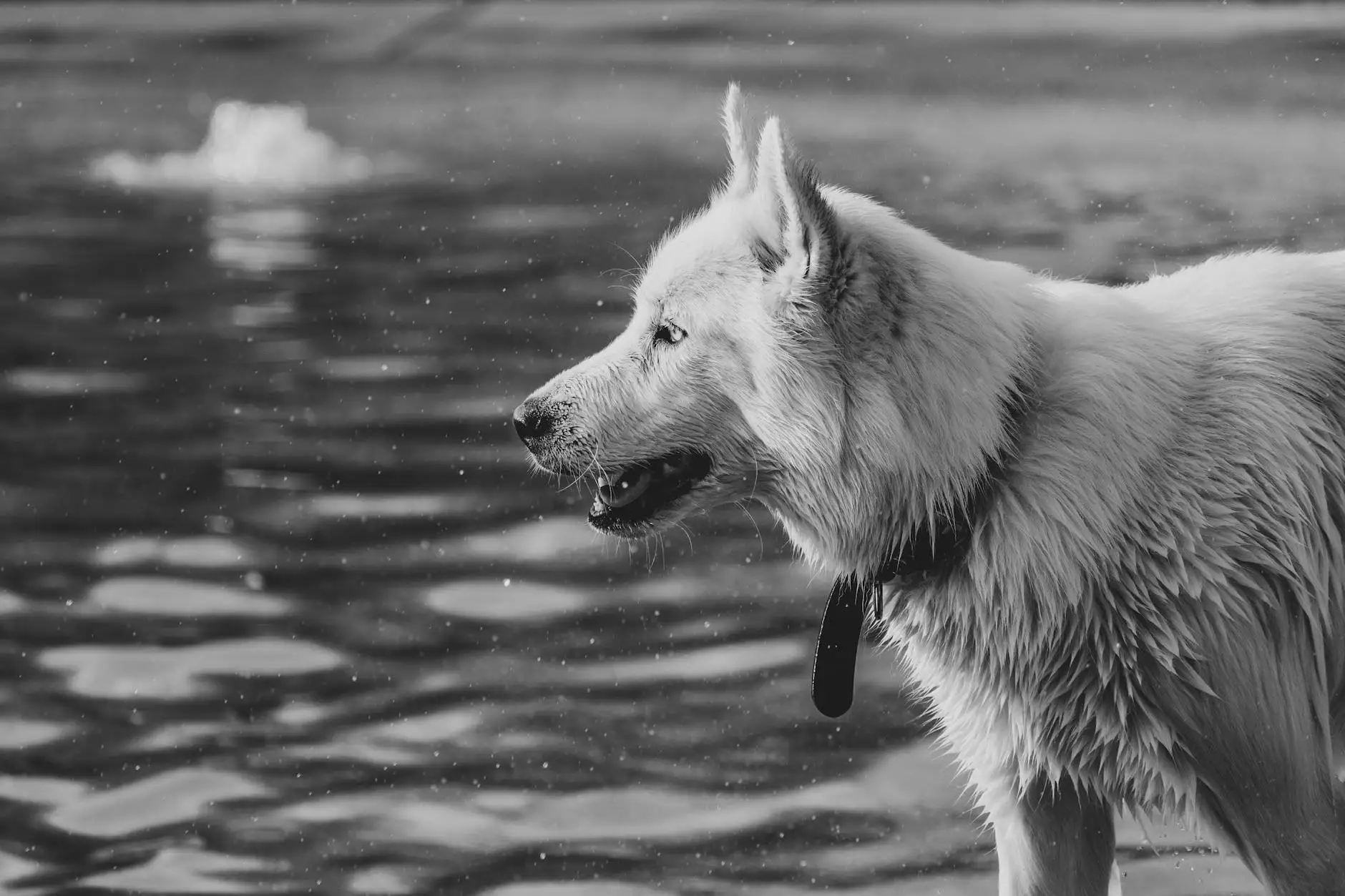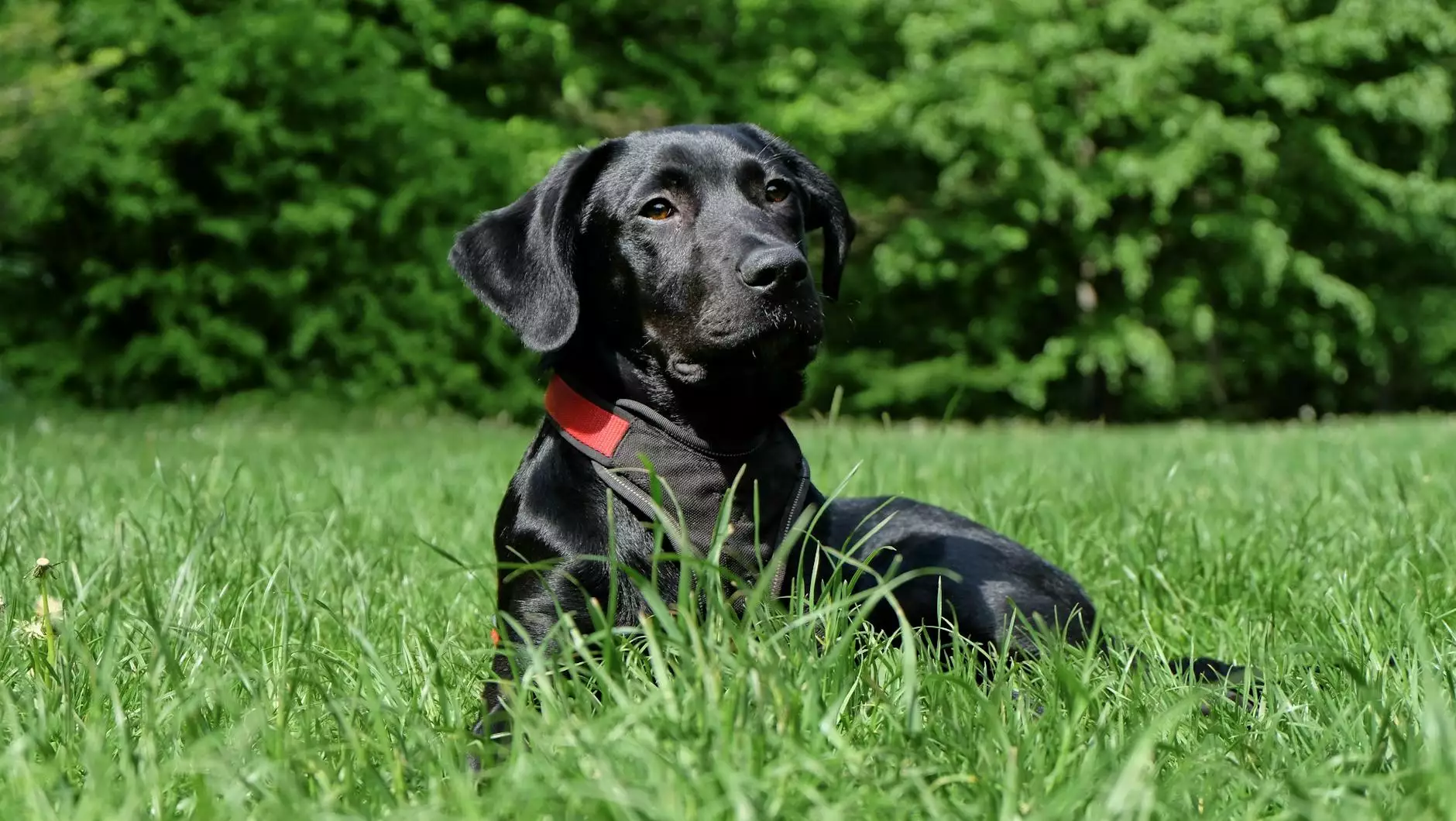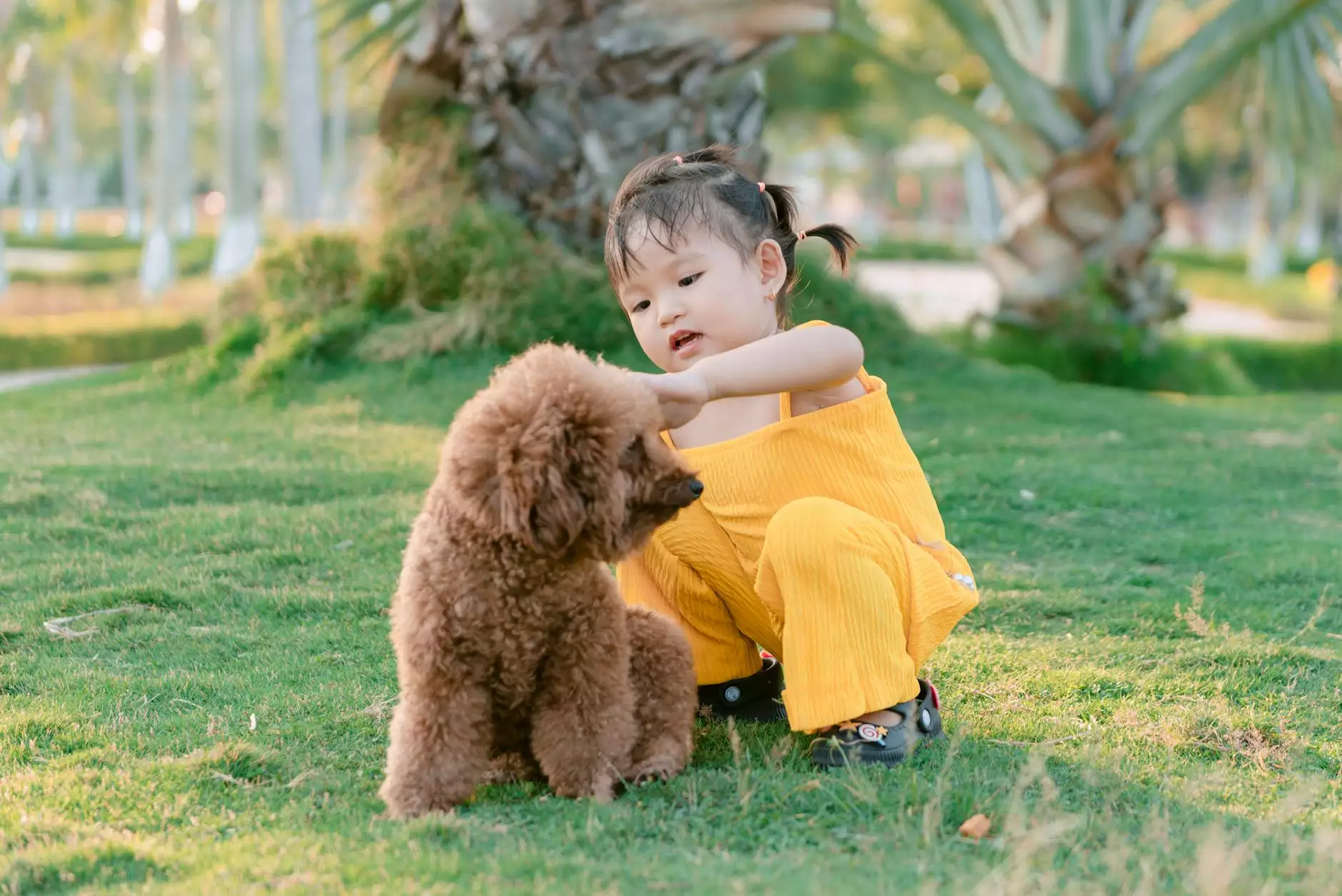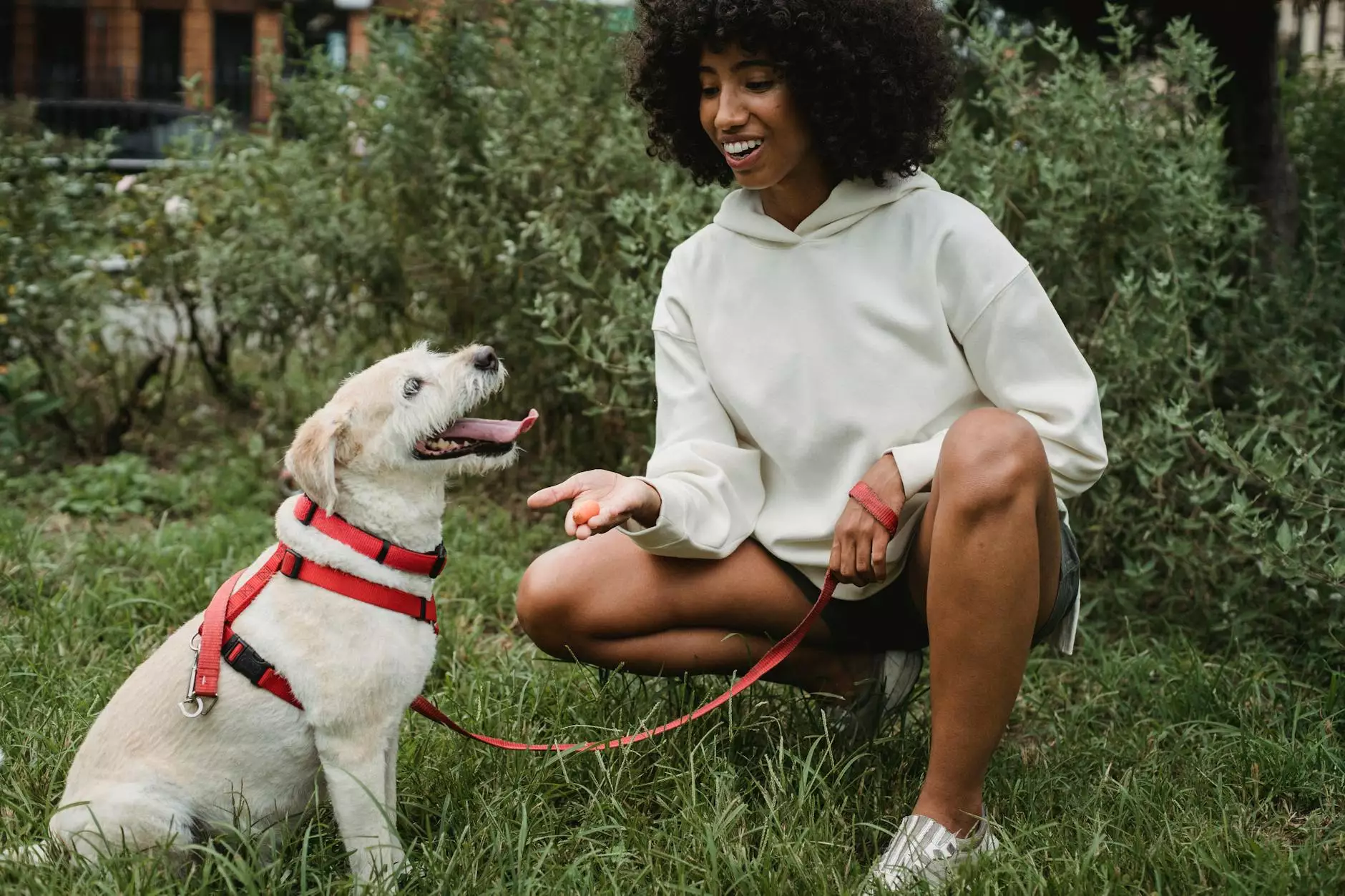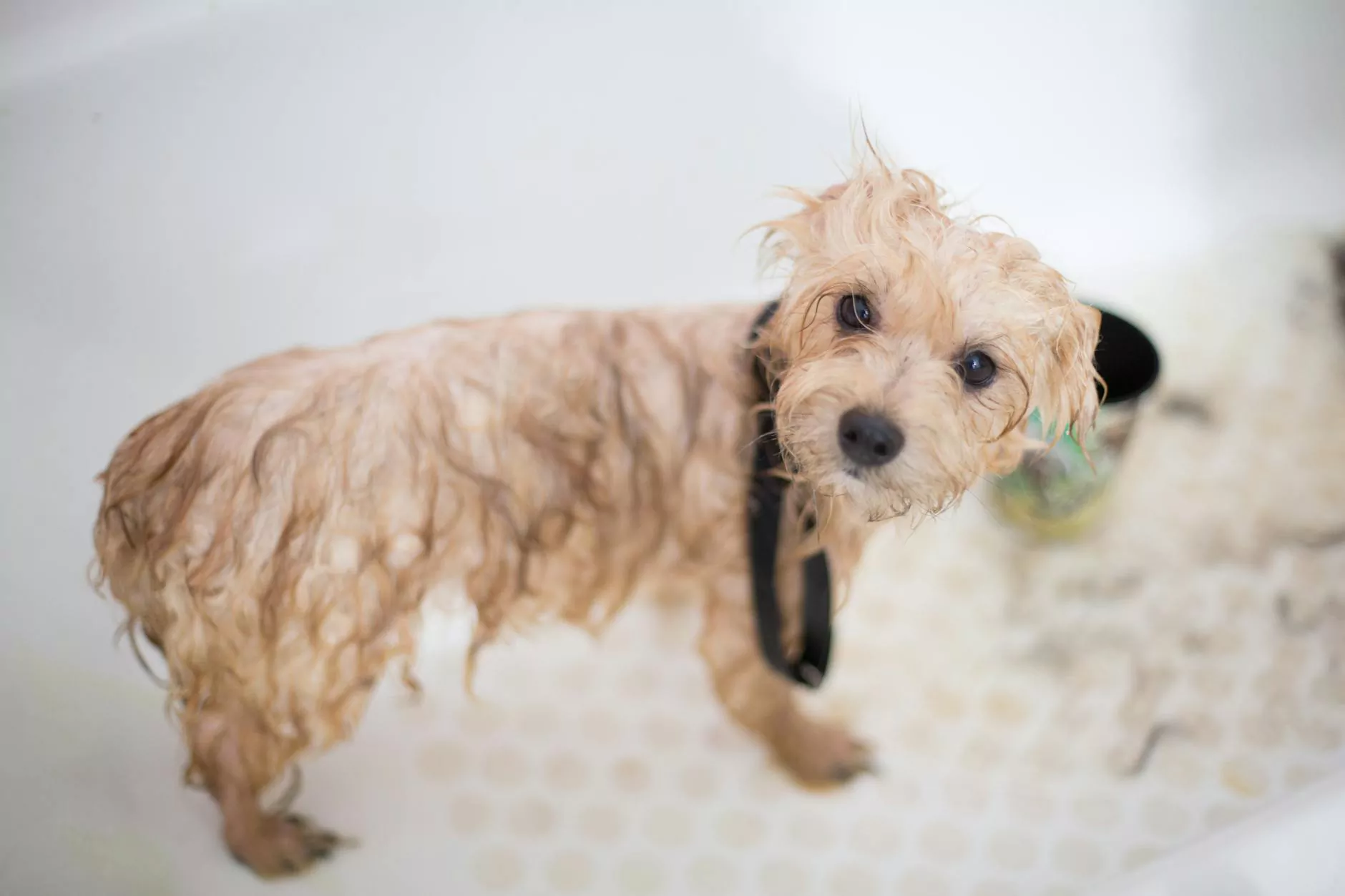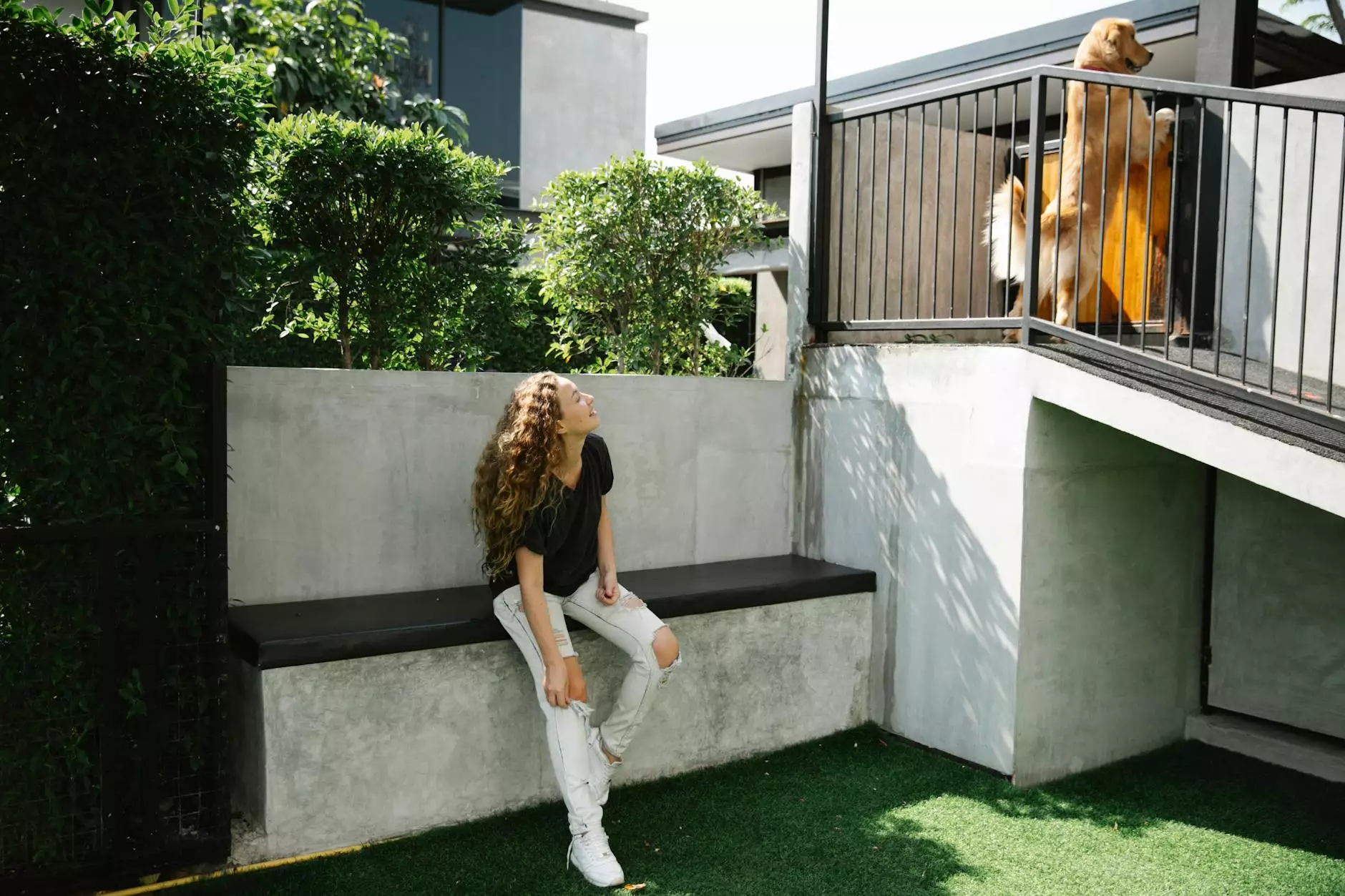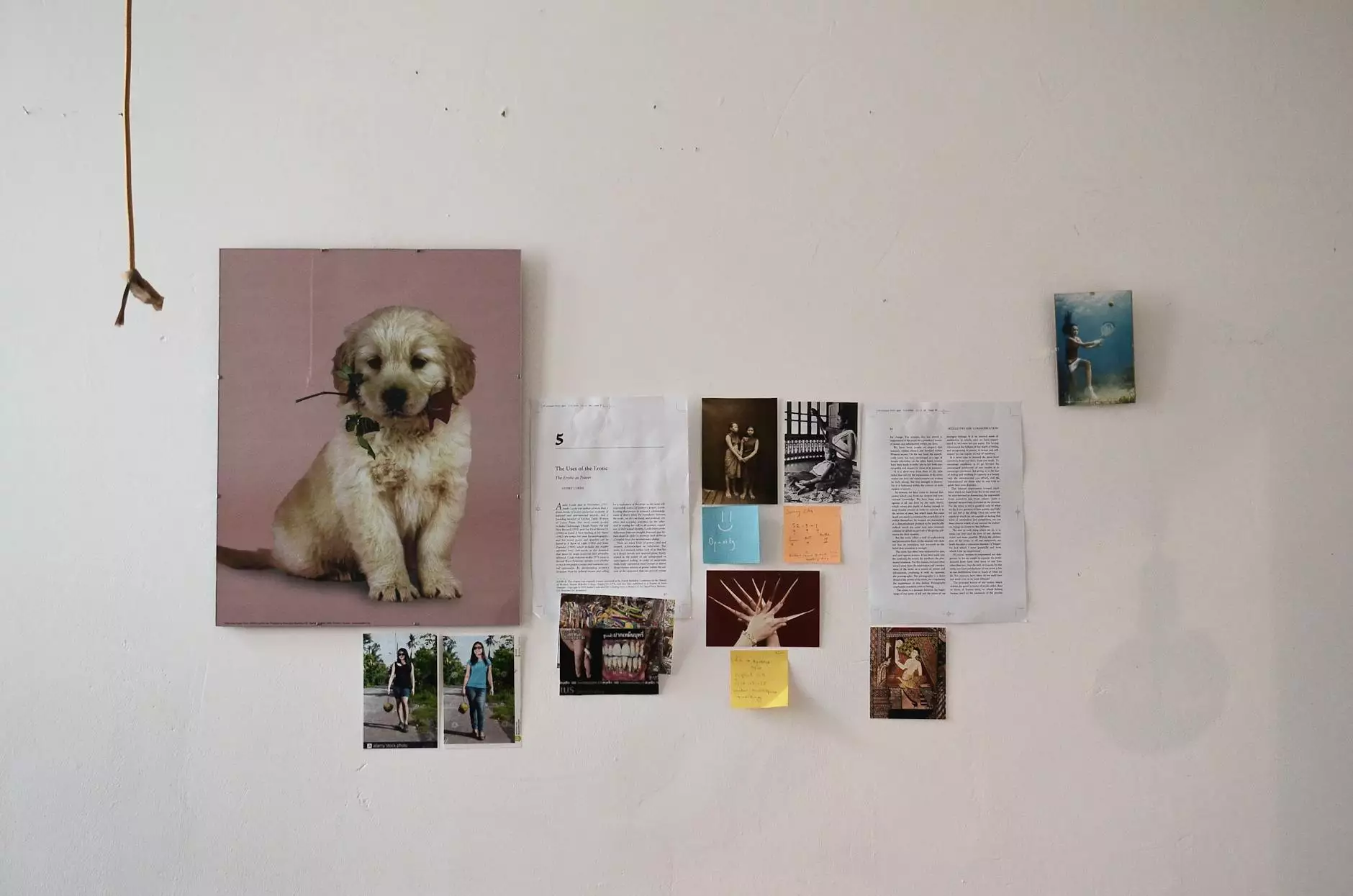The Ultimate Guide to Understanding Dog Reactivity and Types of Dog Aggression
SEO Services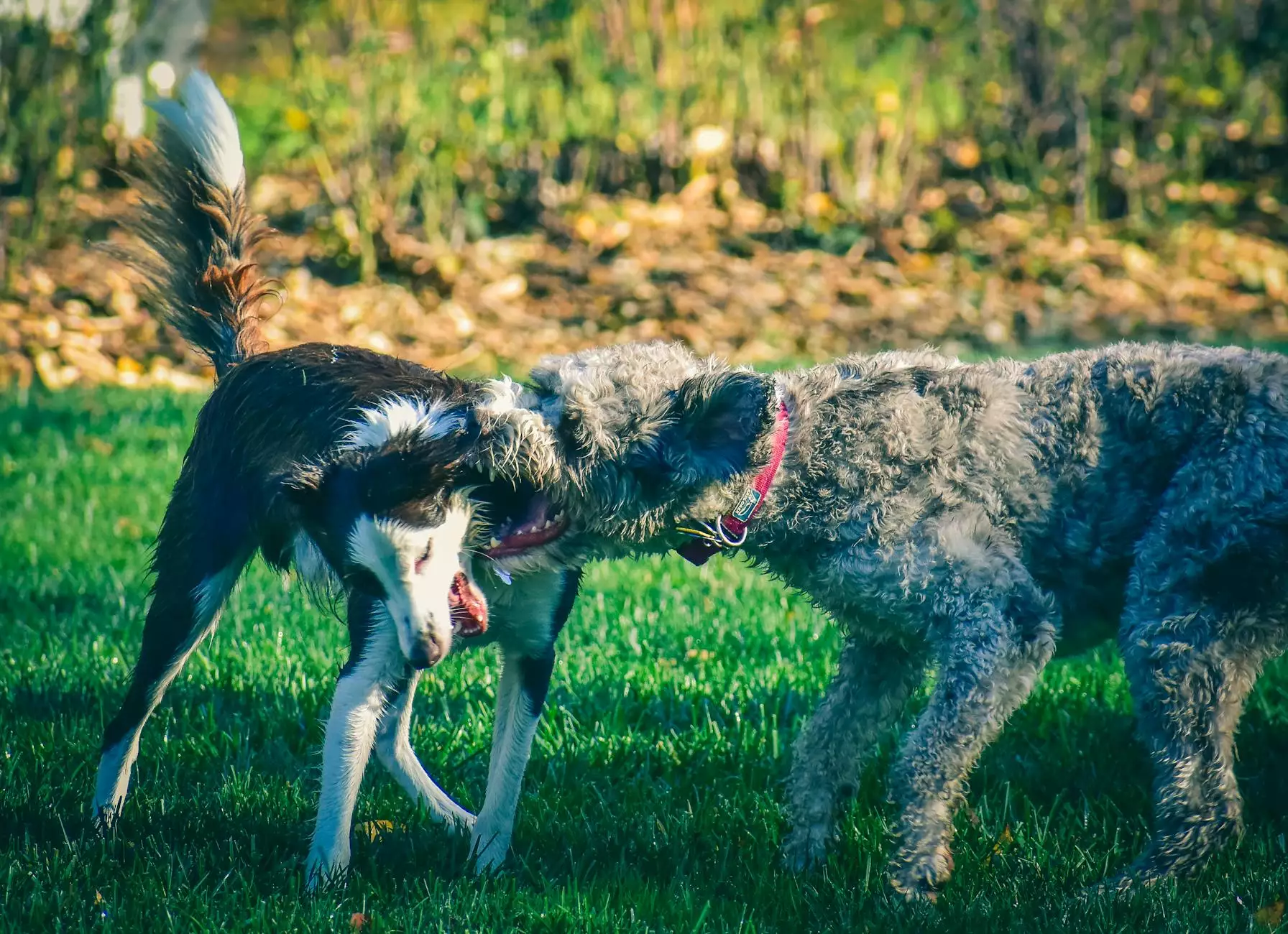
SEO Studios welcomes you to our comprehensive guide on understanding dog reactivity. If you are a dog owner, it's essential to be aware of the different types of dog reactivity and aggression to ensure the well-being of your beloved canine companion.
Dog Reactivity Chart
A dog reactivity chart is a valuable tool that can help you identify and categorize your dog's reactive behaviors. Understanding the different types of dog reactivity can provide insights into why your dog may be reacting in certain situations. Here are some common types of dog reactivity:
1. Fear-Based Reactivity
Dogs exhibiting fear-based reactivity may show signs of anxiety, such as trembling, cowering, and trying to escape from the triggering stimulus. It's crucial to address the root cause of fear to help your dog feel safe and secure.
2. Frustration Reactivity
Frustration reactivity occurs when a dog is prevented from reaching a desired goal, leading to behaviors like barking, lunging, or pulling on the leash. Proper training and management techniques can help address frustration reactivity.
3. Territorial Reactivity
Dogs exhibiting territorial reactivity may display aggressive behaviors when they perceive a threat to their space or property. Understanding territorial behavior can help in creating a safe environment for your dog and visitors.
Types of Dog Aggression
Dog aggression can manifest in various forms, each with its own triggers and characteristics. It's essential to differentiate between the types of dog aggression to provide appropriate management and training. Here are some common types of dog aggression:
1. Fear Aggression
Fear aggression is a defensive response to a perceived threat or danger. Dogs showing fear aggression may growl, snap, or bite when they feel scared or cornered. Building trust and confidence can help reduce fear-based aggression.
2. Possessive Aggression
Possessive aggression occurs when a dog displays aggressive behaviors to protect their resources, such as food, toys, or sleeping areas. Setting clear boundaries and teaching proper resource-sharing can help prevent possessive aggression.
3. Redirected Aggression
Redirected aggression happens when a dog is agitated by one stimulus but directs their aggression towards another target, such as another dog or person. Recognizing triggers and providing outlets for pent-up energy can help manage redirected aggression.
How to Fix Dog Reactivity
Now that you understand the types of dog reactivity and aggression, it's time to address and fix these behavioral issues. Here are some tips to help fix dog reactivity:
- Consistent training and positive reinforcement
- Behavior modification techniques
- Creating a calm and structured environment
- Avoiding triggering situations
- Seeking professional help from a certified dog behaviorist or trainer
By implementing these strategies and understanding your dog's unique needs, you can work towards resolving reactivity issues and creating a harmonious relationship with your furry friend.
For more in-depth guidance on understanding dog reactivity and aggression, reach out to SEO Studios. Our team of experts is dedicated to providing top-notch SEO services for businesses and consumers alike.
Remember, a well-informed and proactive approach to addressing dog reactivity can lead to a happier and healthier life for both you and your canine companion.
